Titbits and News from the Mare Nostrum
Underwater Archaeologists Discover World's Largest and Oldest Ancient Shipyard on Dana Island, Turkey
The ruins of the worlds largest and oldest ancient shipyard were found in the north of the island of Dana, located along the coastline of the Silifke district of Mersin province in the Mediterranean region of Turkey.
By Nick Nutter on 2023-11-2 | Last Updated 2025-05-20 | Titbits and News from the Mare Nostrum
This article has been visited 4,990 times

Discovering the shipyard
A team of underwater archaeologists from Selcuk University in Turkey has discovered the world's largest and oldest ancient shipyard on Dana Island, located off the coast of Mersin province in the Mediterranean region.
The shipyard, which dates back to the Iron Age (1200-800 BC), was discovered in 2015, but its full extent was only recently realized after years of underwater surveys and excavations. The shipyard contains nearly 294 slipways, which are inclined ramps where ships were built and launched. This means that nearly 300 ships could have been simultaneously built at the shipyard, making it the largest and most productive shipyard in the ancient world.
Do you enjoy my articles? For your reading pleasure, this website does not carry third party ads. You could help me write more articles by buying me a cup of coffee.
Ancient shipbuilding
"This is a groundbreaking discovery that will revolutionize our understanding of ancient shipbuilding and maritime trade," said Associate Professor Dr. Hakan Oniz, the head of Selkuk University's Underwater Archaeology Department. "The shipyard on Dana Island is evidence of the advanced shipbuilding capabilities of the people of the Iron Age and their sophisticated maritime networks."
The Greek Dark Ages
The discovery of the shipyard on Dana Island is also significant because it sheds light on a period of Mediterranean history that is often referred to as the "Greek Dark Ages." During this period, there is relatively little archaeological evidence available, making it difficult to reconstruct the history of the region. However, the shipyard on Dana Island provides clear evidence that the Mediterranean region remained a centre of maritime trade and shipbuilding even during this period of political and social upheaval.
Island of the Denyen
Just very occasionally, a modern archaeological discovery can be tied to ancient accounts and texts. I will let Dr. Oniz tell the story:
Stating that the Dana Island most probably was known as the island of the Denyen, named the 'Sea People' in the 12th century, Oniz said the Denyens were first mentioned by the Hittite King Telipinu around 1,500 B.C. The Adania region, which King Telipinu mentioned, is the region of Adana and Mersin today, he added. "The reason why this era is called the 'Dark Age' is that we have limited archaeological information about a period of around 300-400 years. Most probably a big drought, earthquakes or epidemic disease occurred in the 13th century B.C.
We can deduce this from the fact that Egyptian Pharaoh Ramses II had to send ships full of grain from the Alexandria region, which is usually productive and suitable for agriculture. Ancient sources suggest there was a famine around this era," Oniz said.
"Probably the Denyens, together with other groups suffering from the famine, attacked Egypt in order to get grain. Ramses III said the Egyptians defeated the Denyens and he sent the captured Denyens and others to remote regions as soldiers. He pursued the other Denyens to their island in the north and destroyed them there," he added.
"But this story is not limited to the Deneyns and the Hittites. We know of the existence of the late Hittite kingdoms in the Cilicia region in the Iron Age. We know that they resisted against the New Babylon Kingdom that wanted their iron and grain. The name of the island became Pitusu in the Iron Age. The King of Babylon Neriglissar described Pitusu as a 'mountain in the middle of the sea.' He said he attacked it and 6,000 soldiers on this small island resisted against him. The existence of those 6,000 people reveals that the island continued serving as a shipyard in the Iron Age too," Oniz said.
First iron ram
Oniz added that they had determined the existence of archaeological wreckages in the region. "But the most exciting for us was an iron spur that we found at a depth of 35 meters and that was used as the weapon of warships in ancient ages. Such an iron spur has been found for the first time in the world," Oniz said.
Ongoing Research
The archaeologists are continuing to excavate and study the shipyard on Dana Island. They hope that their research will shed even more light on the shipbuilding techniques and technologies used in the Iron Age, as well as the maritime networks that connected the Mediterranean region to the rest of the world.
Do you enjoy my articles? For your reading pleasure, this website does not carry third party ads. You could help me write more articles by buying me a cup of coffee.
 A Bronze Age Courier Service
A Bronze Age Courier Service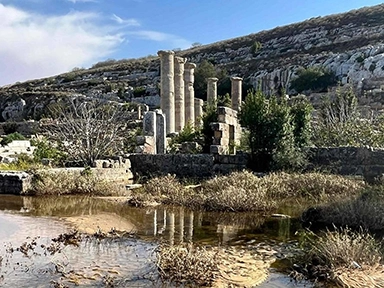 Cyrene's Lost Treasures
Cyrene's Lost Treasures The Invisible Enemy
The Invisible Enemy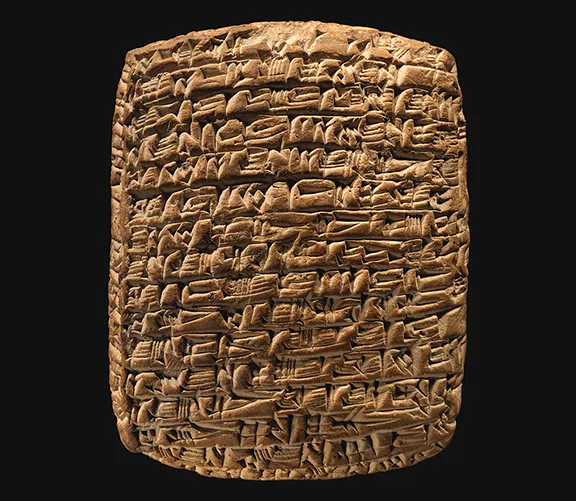 The World's First Company
The World's First Company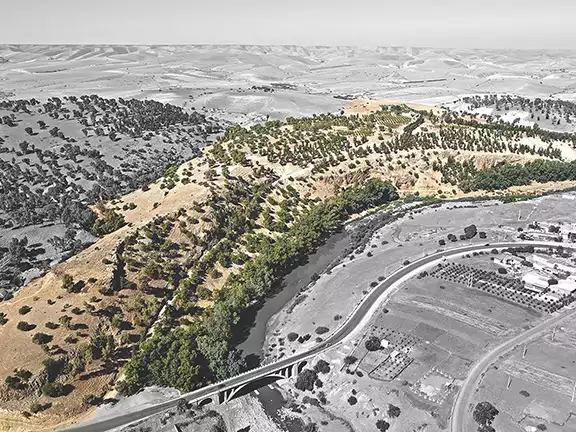 The Copper Age Site of Oued Beht
The Copper Age Site of Oued Beht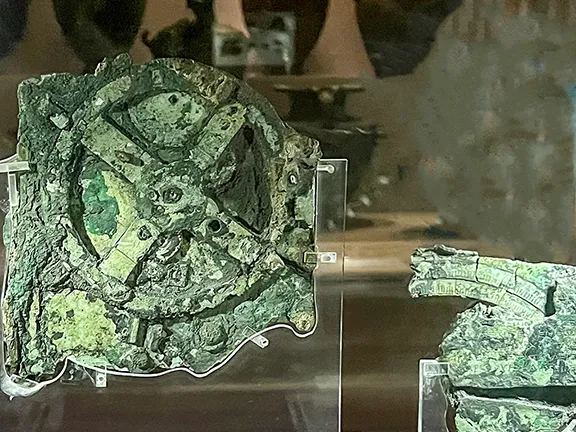 How the Antikythera Mechanism Works
How the Antikythera Mechanism Works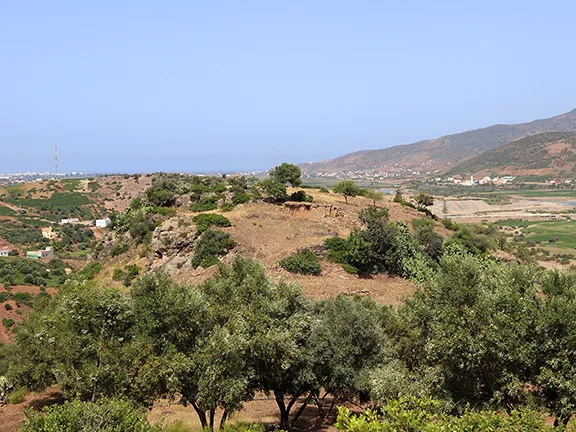 Kach Kouch and Iberia
Kach Kouch and Iberia Mediterranean Diet Evolution
Mediterranean Diet Evolution Hidden Colours of Ancient Statues
Hidden Colours of Ancient Statues Cleopatra: Egypt's Last Pharaoh
Cleopatra: Egypt's Last Pharaoh Alexandria Library's True Fate
Alexandria Library's True Fate Six Great Ancient Libraries
Six Great Ancient Libraries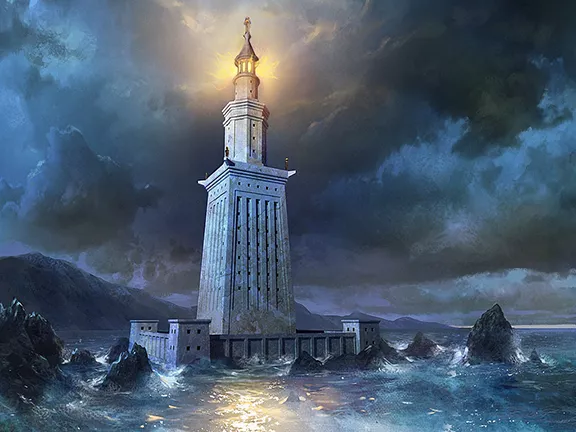 Ancient Greek Technology
Ancient Greek Technology Broadening Horizons
Broadening Horizons The Nadītu Investors of Sippar
The Nadītu Investors of Sippar New light on Hadrian
New light on Hadrian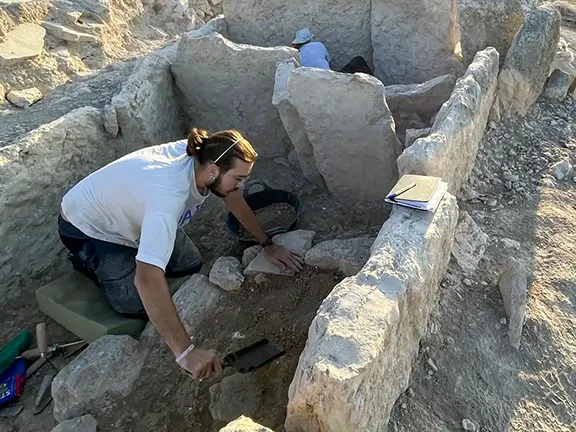 The Dolmens of La Lentejuela Teba
The Dolmens of La Lentejuela Teba New Cave Art Discovery in Valencia region
New Cave Art Discovery in Valencia region La Cabaneta Oldest Roman Forum in Iberian Peninsula
La Cabaneta Oldest Roman Forum in Iberian Peninsula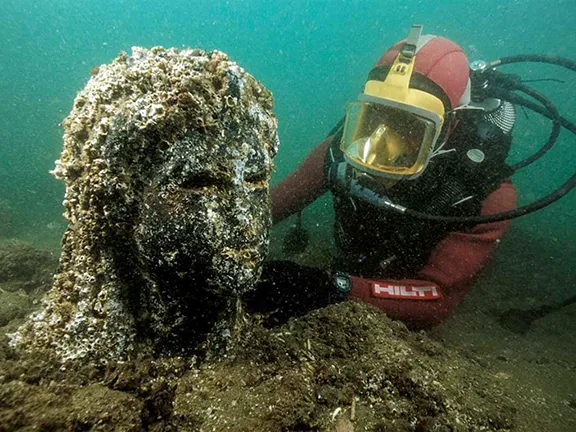 New Discoveries at Ancient Sunken City of Thonis-Heracleion
New Discoveries at Ancient Sunken City of Thonis-Heracleion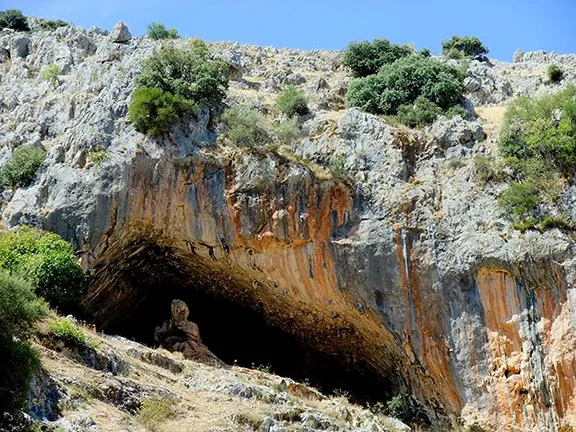 Europe's Oldest Shoes Found: 6,000-Year-Old Sandals Woven from Grass
Europe's Oldest Shoes Found: 6,000-Year-Old Sandals Woven from Grass Discoveries at Gobekli Tepe and Karahan
Discoveries at Gobekli Tepe and Karahan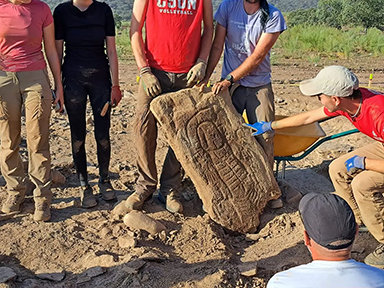 Decorated Stelae found in Canaveral de Leon, Spain
Decorated Stelae found in Canaveral de Leon, Spain The Nebra Sky Disc: A Bronze Age Calendar
The Nebra Sky Disc: A Bronze Age Calendar New Exhibition at the Archaeological Museum in Alicante
New Exhibition at the Archaeological Museum in Alicante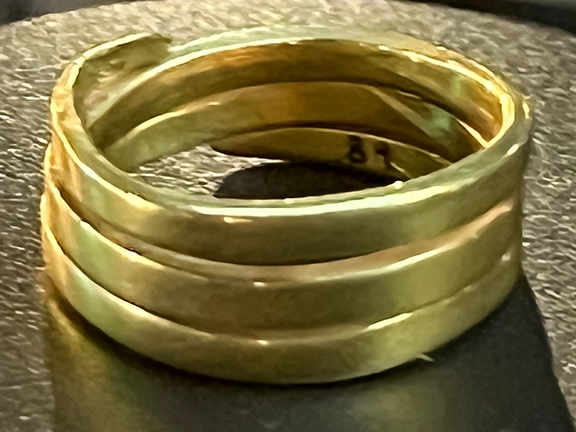 Bronze Age: A Golden Age for Jewellery
Bronze Age: A Golden Age for Jewellery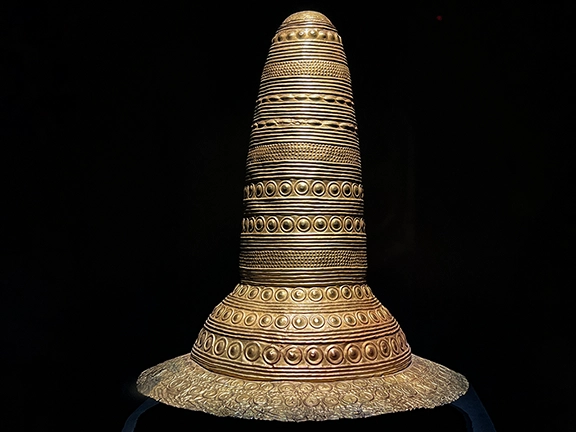 The Golden Hat of Schifferstadt
The Golden Hat of Schifferstadt